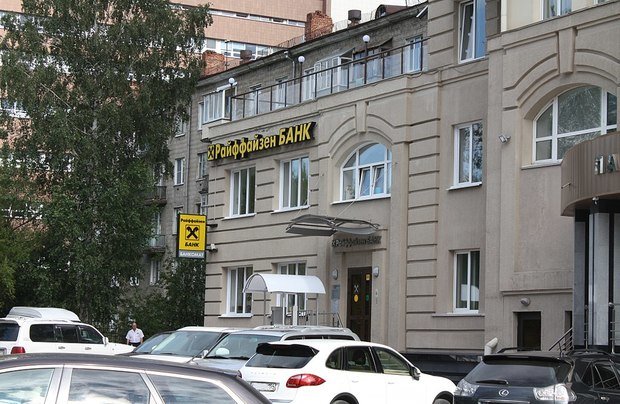Foreign banks losing market share in Central and Eastern Europe
Western banks, which were actively conquering Central and Eastern European markets at the beginning of the 2000s, are now shifting to less risky business models due to market volatility and unfriendly business environment. At the same time, state influence is increasing, especially in Eastern Europe.
The state is back in the banking business in Central and Eastern Europe, says bne IntelliNews. At the beginning of the 2000s, many Western banks entered the mass markets of Central and Eastern Europe (CEE) conquering substantial market shares through a combination of bold acquisitions and aggressive organic growth. All relevant market players, such as local subsidiary banks of foreign groups, local politicians and local and home country regulators, were satisfied with the situation.
However, the policy has changed after the global financial crisis. Western banks understood that it was possible to make good profits with small market shares and so-called 'niche player business models', especially in volatile markets and/or markets with a business environment that was not always easy for all customer groups. The banks have become a lot more cautious when making loans in CEE. Besides, home country regulators in Western Europe are now paying more attention to the operations of leading European CEE banks in more volatile regional markets.
As a result, the call for a greater role for local commercial banks and/or local development banks has become louder, fuelled by the increasing anti-capitalist and anti-globalist mood worldwide. Since the beginning of the global financial crisis, the CEE market share of Western foreign banks has fallen significantly. In Central Europe, it has decreased from almost 80% to just under 60%, while in Eastern European markets dominated by Russia, the share has dropped from almost 20% to single digits.
The markets saw not only a rise in local ownership but also an increased influence of the state. In Central Europe, the share of state-owned banks has risen from just under 10% to almost 20%, but in Eastern Europe, the share has soared from 35% to 65%. However, the situation depends on the region. In some countries, such as Czech Republic and Slovakia, ownership has not shifted significantly, while in Poland, Hungary and Russia we see significant shifts.
Interestingly, the state share in Belarus can soon become lower than in Russia, as a series of successful privatisations can reduce the share of state-owned Belarusian banks to just under 60% in the coming 12-18 months. In Russia, the share of state-owned banks may reach 70% if the recent speculations about the sales of leading Russian commercial bank, Alfa Bank, are confirmed. This can make the Russian economy more state-controlled than the Belarusian, at least in the banking sector, claims bne IntelliNews.
 Raiffeisenbank in Novosibirsk, 2017. Photo: wikipedia.org
Raiffeisenbank in Novosibirsk, 2017. Photo: wikipedia.org